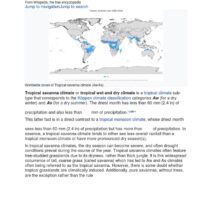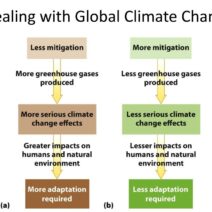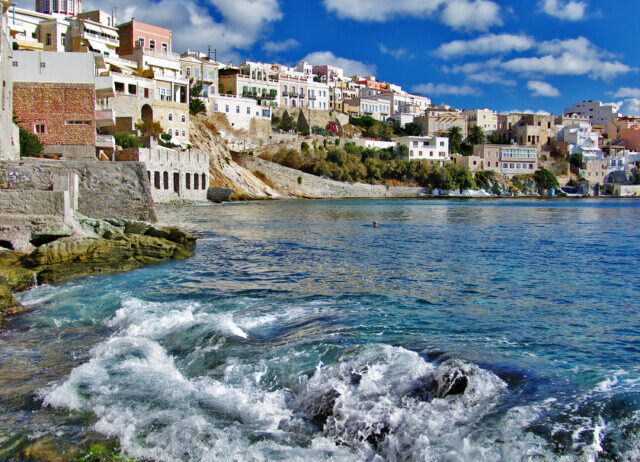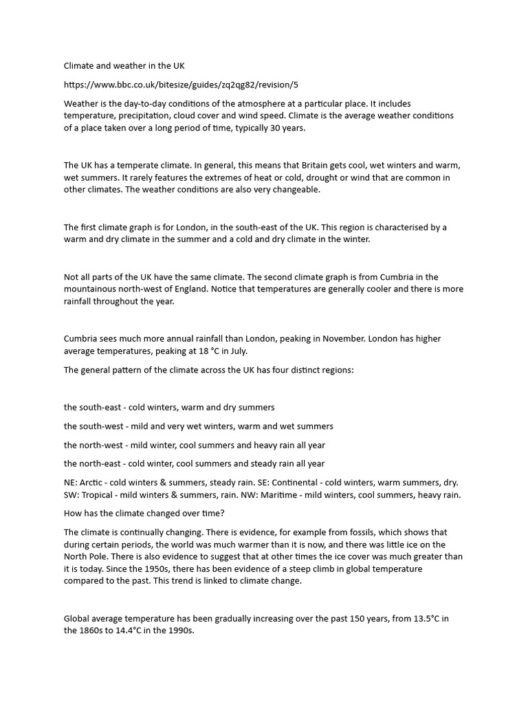Italy, a mesmerizing peninsula in the heart of the Mediterranean, is a land where nature’s artistry is on full display. From the verdant hills of Tuscany to the azure coastlines of Amalfi, the Italian climate dances like a delicate symphony, each region offering its unique allure. Understanding Italy’s climate is akin to unraveling a complex tapestry—a woven blend of atmospheric conditions influenced by geography, sea currents, and seasonal shifts. This exploration reveals how the Mediterranean magic encompasses regions from Rome to Milan, painting a vivid picture of Italy’s climatic diversity.
The enchanting Mediterranean climate predominantly graces the coastal areas, characterized by hot, dry summers and mild, wet winters. The warm sun radiates generously, embodying the exuberance of Italian lifestyle. The sultry heat transforms the coasts into bustling hubs of vibrant culture during the summer months. From June to August, cities like Rome and Naples become alive with festivals, outdoor dining, and an infectious joie de vivre that celebrates sun-soaked days. Yet, it is essential to note that, akin to a double-edged sword, this warmth can also escalate problems such as drought and water scarcity, a pressing concern amidst rising global temperatures.
As one traverses inland towards the heart of the country, regions like Lazio and Umbria reveal a more continental climate. Here, summer’s embrace is equally fervent, yet winters can be stark and crisp, adorned with the occasional cloak of snow. The rolling hills and quaint villages bask in the golden rays of the sun during summer before succumbing to the cool embrace of autumn. This seasonal transition, reminiscent of an artist blending colors on a palette, creates breathtaking vistas, where vineyards and olive groves flourish under the golden sun, only to be nurtured by the gentle rains of fall.
Journeying north to Milan, one discovers the slight shift to an oceanic climate, where humid subtropical influences intermingle with continental characteristics. Here, summers remain warm and occasionally sweltering, yet the winters can be harsh, blanketed by a thick layer of fog and cold winds sweeping down from the Alps. This juxtaposition lends a unique charm to Milan, a city that embodies the essence of fashion and culture, even when cloaked in winter’s embrace.
The interplay between the maritime and continental climates gives rise to a rich tapestry of flora and fauna across Italy. The coastal regions benefit from a longer growing season, resulting in lush landscapes teeming with Mediterranean vegetation—think fragrant rosemary, wild oregano, and vibrant bougainvillea climbing ancient ruins. These natural spectacles are not mere visuals; they serve as crucial components in Italy’s renowned culinary heritage. The agricultural bounty of this striking environment produces some of the finest wines and olive oils, which are quintessential to Italian cuisine.
As seasons change, so too do the picturesque landscapes and lifestyles of the Italian people. Spring waltzes in with aromatic blossoms and vibrant festivals, announcing the rejuvenation of life after winter’s slumber. Each city, infused with a sense of history, showcases how the climate has shaped local traditions. From the romantic canals of Venice to the timeless beauty of Florence, Italy’s climate has been a silent architect, influencing architectural styles, culinary practices, and even forms of art.
The allure of Italy is not confined to just its climate; it extends to the profound impact that climate change brings to this mesmerizing land. The delicate balance of its ecosystems hangs in the balance. Rising temperatures pose a threat to Italy’s numerous vineyards, leading to altered growing seasons and compromised wine quality. This phenomenon resonates through the countryside, disrupting the lives of those whose livelihoods depend on age-old traditions of farming and craftsmanship. As the seasons become increasingly unpredictable, the Italian populace stands at the precipice, attempting to safeguard their heritage while adapting to the realities of our changing climate.
Meanwhile, coastal cities grapple with rising sea levels, threatening historical landmarks and pristine beaches alike. The very tapestry that attracts millions of tourists each year risk unraveling due to climate inaction. Preserving the planet’s magic necessitates a collective effort, echoing through the lanes of Rome to the fashion corridors of Milan. Innovative approaches to sustainability infused with reverence for tradition can forge a path forward, ensuring that generations to come will bask in Italy’s natural splendor.
Italy’s climate— a living, breathing entity—contributes not only to the visual appeal of its landscapes but also enshrines profound stories of resilience and adaptability. The love that Italians harbor for their land manifests in a commitment to environmental stewardship, creating a legacy rooted in preservation and celebration of the unique Mediterranean magic from Rome to Milan. As the sun sets over the Colosseum, bathing it in a golden hue, one cannot help but acknowledge the intertwining of nature and culture, yearning to safeguard this harmony for future generations.
In summation, Italy’s climate serves as a powerful reminder of the delicate balance between beauty and vulnerability. To appreciate this enchanting land, one must embrace both its joys and the challenges it faces. By understanding and engaging with this Mediterranean magic, it is possible to take steps toward fostering a sustainable future, ensuring that Italy’s rich tapestry endures amid the ever-present march of time and change.








